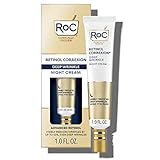Introduction
Freckles those little spots on skin have been a source of wonder for ages. Some people love them and think they’re cool, while others might want to know how to make them go away.
In this article, we’ll explore it in simple terms. We’ll talk about what they are, why they happen, and what you can do if you have them and want to take care of your skin. So, whether you’re a fan of your freckles or just curious about them, keep reading to learn more about these interesting skin spots.
What Are Freckles?

Before we dive into the intricate details, let’s start with the basics.
Definition: Freckles, scientifically known as “ephelides,” are small, flat, pigmented spots that appear on the skin’s surface. They are typically tan, light brown, or reddish in color and vary in size. They are most commonly found in areas exposed to sunlight, such as the face, arms, and shoulders.
Now that we have a clear with definition, let’s explore the various aspects of these intriguing skin markings.
The Two Types of Freckles
- Ephelides: These are the charming, light brown spots that tend to appear in the warmer months and fade in the winter. They’re more common in fair-skinned individuals and are primarily caused by sun exposure.
- Lentigines: Also known as liver spots or sun spots, lentigines are darker, more prominent that appear on sun-exposed areas over time. They’re typically found on older individuals with a history of sun exposure.
The Genetics Behind Freckles
One of the most fascinating things about these little skin marks is how they’re connected to our genes. Have you ever wondered why some people have them, and others don’t? Let’s unravel the genetic puzzle behind them..
1. The Role of MC1R Gene
- Melanocortin-1 Receptor (MC1R): The MC1R gene encodes for the melanocortin-1 receptor, a protein found on the surface of melanocytes (melanin-producing cells). This receptor is responsible for regulating melanin production in response to UV radiation.
- Freckle-Friendly Variants: Variations in the MC1R gene result in freckle-friendly variants. When exposed to sunlight, these variants signal melanocytes to produce more melanin, leading to freckles.
- Red Hair and MC1R: People with red hair often carry MC1R gene variants that make them more susceptible to freckles.
2. Inheritance Patterns
- Recessive Inheritance: The MC1R gene follows a recessive inheritance pattern. This means that you need two copies of the freckle-friendly variant (one from each parent) to be more likely to develop freckles.
- If Both Parents Carry the Gene: If both of your parents carry the freckling gene variants, your chances of having freckles increase significantly.
What Causes Freckles?
Now that we understand the genetics behind it, let’s explore the environmental factors and triggers that cause freckles to appear on the skin.
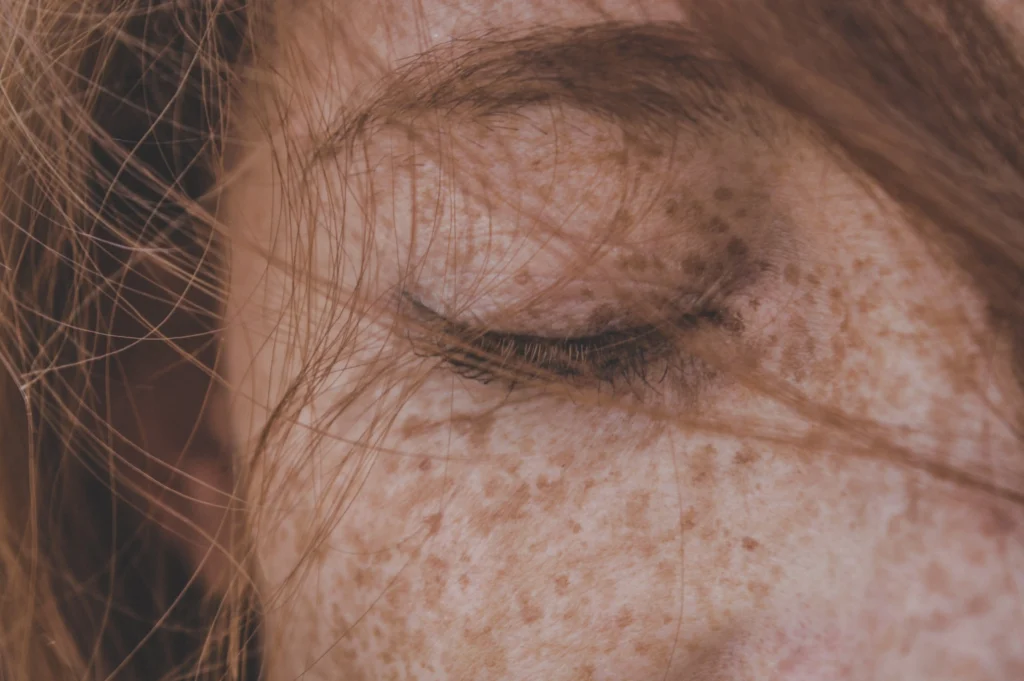
1. Sun Exposure
Sunlight is the primary culprit when it comes to freckle formation. UV radiation stimulates melanocytes, the cells responsible for producing melanin, to create more pigment in response to protect the skin from further damage. This increased melanin production manifests as freckles on the skin.
2. Genetics and Ethnicity
As mentioned earlier, genetics plays a crucial role in freckle formation. People with fair skin, red or blonde hair, and a family history of freckle are more likely to develop freckles in response to sun exposure. Conversely, individuals with darker skin tones are less prone.
3. Hormonal Changes
Pregnancy and hormonal fluctuations, such as those associated with birth control or hormone replacement therapy, can also trigger freckle formation. This phenomenon is known as “pregnancy mask” or melasma and primarily affects women.
Freckles Preventive Products
1. Sunscreen
When it comes to freckle prevention, sunscreen is your best friend! Sun exposure is one of the primary causes, and applying sunscreen daily can significantly reduce their formation. Look for sunscreens that offer broad-spectrum protection and have a minimum SPF of 30. Here are a few top-notch options:
- Neutrogena Ultra Sheer Dry-Touch Sunscreen SPF 100: This sunscreen provides high-level protection and is suitable for daily use. It’s lightweight and won’t leave your skin feeling greasy.
- EltaMD UV Clear Broad-Spectrum SPF 46: This sunscreen is dermatologist-recommended and is excellent for sensitive skin. It’s formulated with zinc oxide for added sun protection.
- La Roche-Posay Anthelios Melt-in Milk Sunscreen SPF 100: If you’re looking for a sunscreen that blends seamlessly into your skin, this one’s for you. It’s water-resistant and provides long-lasting protection.
2. Vitamin C Serums
Vitamin C serums have gained immense popularity in recent years for their ability to brighten the skin and fade pigmentation, including freckles. Here are some renowned options:
- Skinceuticals C E Ferulic: This cult-favorite serum contains a potent blend of vitamin C, vitamin E, and ferulic acid. It helps reduce the appearance of freckles and gives your skin a youthful glow.
- TruSkin Vitamin C Serum: A budget-friendly option that doesn’t compromise on quality. This serum is packed with vitamin C and hyaluronic acid for hydration.
3. Chemical Exfoliants
Chemical exfoliants, such as alpha hydroxy acids (AHAs) and beta hydroxy acids (BHAs), can help remove dead skin cells and reveal fresh, freckle-free skin. Here are some effective choices:
- Paula’s Choice Skin Perfecting 2% BHA Liquid Exfoliant: This BHA exfoliant is excellent for unclogging pores and preventing freckles. It’s suitable for all skin types.
- The Ordinary Glycolic Acid 7% Toning Solution: An affordable AHA option that gently exfoliates the skin, leaving it smoother and more even-toned.
4. Retinol
Retinol, a derivative of vitamin A, is renowned for its skin-renewing properties. It can help fade freckles and improve overall skin texture. Here are some popular retinol products:
- RoC Retinol Correxion Deep Wrinkle Night Cream: This cream is designed to reduce the appearance of fine lines and freckles. It’s suitable for nightly use.
- Differin Adapalene Gel 0.1% Acne Treatment: While primarily marketed for acne, this gel also helps fade freckles and improve skin texture.
Natural Remedies to Reduce Freckles
1. Lemon Juice
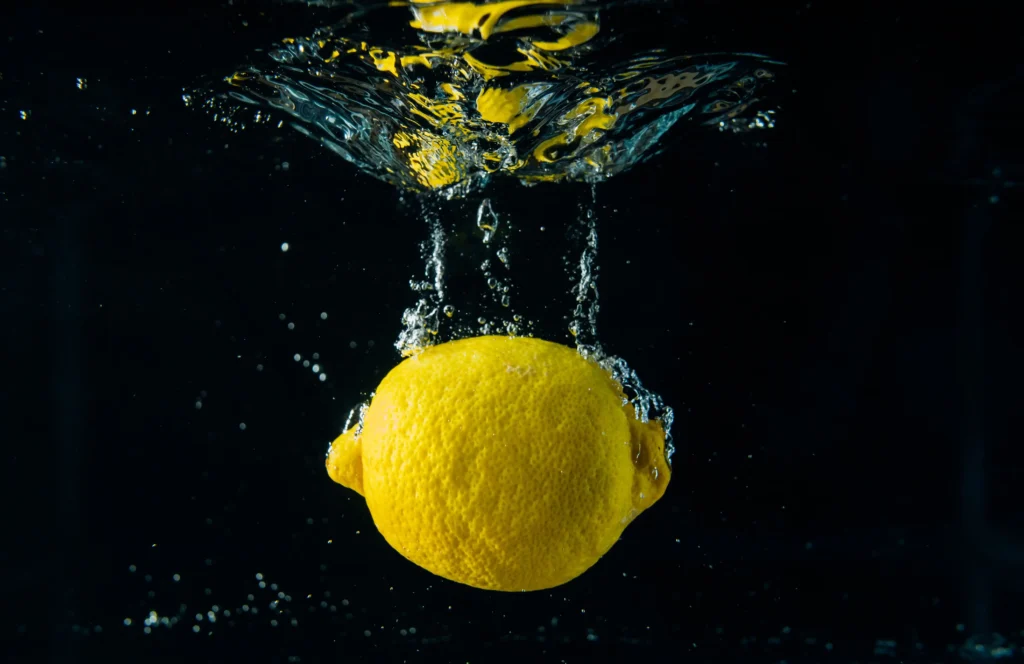
Lemon juice is a natural skin lightener and a great way to reduce it.
How to Use:
- Squeeze fresh lemon juice into a bowl.
- Apply the juice.
- Leave it on for 15-20 minutes.
- Rinse with lukewarm water.
Caution:
- Lemon juice can be quite acidic, and for some people, it may cause skin irritation or sensitivity. It’s essential to do a patch test on a small area of your skin to ensure you don’t have an adverse reaction.
- Avoid sun exposure immediately after using lemon juice, as your skin may be more susceptible to sunburn.
Why It Works: Lemon juice contains citric acid, which helps exfoliate the skin and lighten pigmentation. Regular use can gradually fade it.
2. Aloe Vera

Aloe vera is renowned for its soothing and healing properties, making it an excellent choice for reducing freckles.
How to Use:
- Extract fresh aloe vera gel from the leaf.
- Apply the gel.
- Leave it on for 30 minutes.
- Rinse with cold water.
Caution:
Aloe vera is generally considered safe for most skin types, but it’s always a good idea to do a patch test on a small area of your skin to ensure you don’t have any adverse reactions. Additionally, consistency is key when using natural remedies like Aloe vera for freckles. It may take some time to see noticeable results, so be patient and continue the routine.
Why It Works: Aloe vera contains compounds that inhibit the production of melanin, helping to fade freckles over time while keeping your skin hydrated.
3. Buttermilk
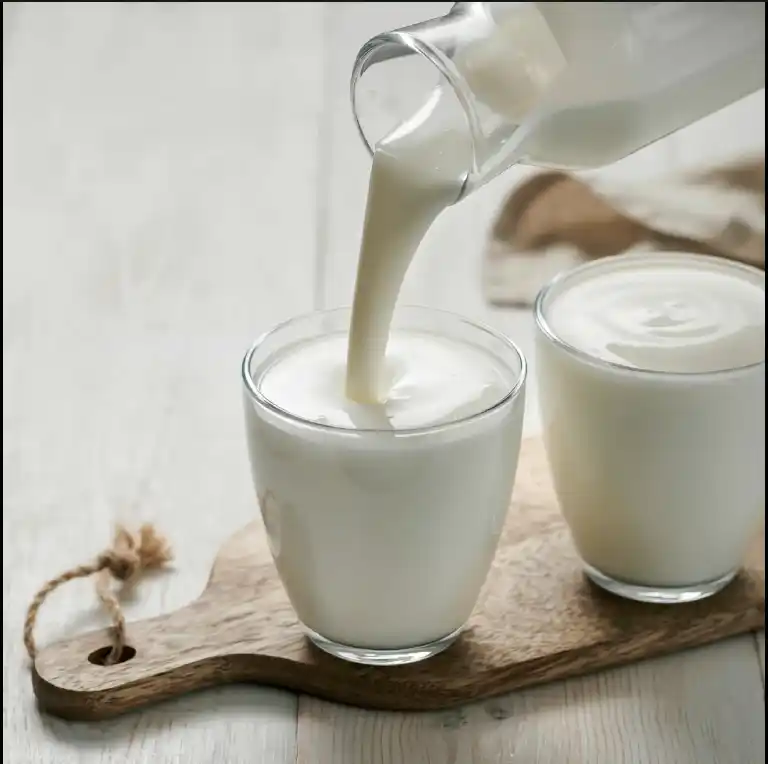
Buttermilk contains lactic acid, which is known for its exfoliating and skin-lightening properties.
How to Use:
- Soak a cotton ball in buttermilk.
- Gently dab it
- Leave it on for 10-15 minutes.
- Rinse with cool water.
Caution:
It’s important to note that buttermilk is generally considered safe for most skin types, but if you have particularly sensitive skin, you may want to do a patch test on a small area to ensure it doesn’t cause any irritation.
Why It Works: Lactic acid gently removes the top layer of skin, including the pigmented cells, leading to a gradual reduction in freckles.
4. Honey

Honey not only has antibacterial properties but also works as a natural bleach for the skin.
How to Use:
- Apply a thin layer of honey.
- Leave it on for 20-30 minutes.
- Rinse off with warm water.
Caution:
It’s important to note that honey is generally considered safe for most skin types, but if you have particularly sensitive skin, you may want to do a patch test on a small area to ensure it doesn’t cause any irritation.
Why It Works: Honey’s antioxidants and enzymes help lighten freckles and promote overall skin health.
5. Green Tea Extract

Green tea is rich in antioxidants and can help reduce the appearance of freckles.
How to Use:
- Brew a cup of green tea and let it cool.
- Soak a cotton ball in the tea.
- Dab it
- Leave it on for 15-20 minutes.
- Rinse with cold water.
Caution:
It’s important to note that Green Tea is generally considered safe for most skin types, but if you have particularly sensitive skin, you may want to do a patch test on a small area to ensure it doesn’t cause any irritation.
Why It Works: The antioxidants in green tea help combat oxidative stress and lighten freckles while promoting skin health.
Freckles Treatment
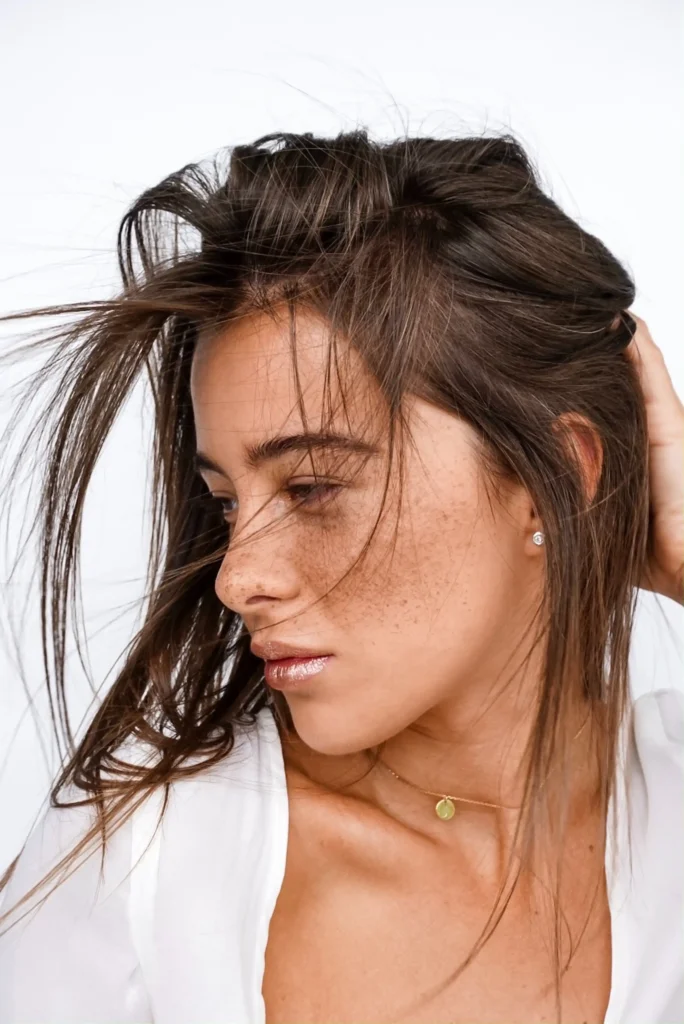
1. Topical Creams and Serums
One of the most popular and accessible ways to manage these skin marks is by using topical products specially designed for this purpose. These products typically contain active ingredients that focus on melanin production and assist in reducing the appearance of these marks over time. Here are some important points to keep in mind:
- Look for products with ingredients like hydroquinone, kojic acid, or glycolic acid.
- Always follow the instructions on the product label for best results.
- Be patient, as it may take several weeks to see noticeable improvements.
2. Chemical Peels
Chemical peels are a skincare treatment where a special solution is applied to your skin. This solution works to remove the top layer of your skin, sort of like peeling away an old layer to reveal a fresher, clearer layer underneath. It’s a bit like when you peel an apple to get to the juicy part inside.One of the things chemical peels can be good for is reducing the appearance of freckles.
But here’s the important part: you should always have a trained professional do a chemical peel for you. It’s not something you should try at home because it can be a bit tricky, and if not done right, it might not give you the best results and could even harm your skin. Some types of chemical peels can do more than just reduce freckles. They can also make your skin feel smoother and help to reduce signs of aging, like wrinkles and fine lines.
3. Laser Therapy
Laser therapy has gained popularity for its ability to target pigmented areas in the skin. It works by breaking down melanin clusters in freckles, gradually lightening them. Laser therapy is highly effective, but it’s essential to consult a dermatologist to determine if it’s suitable for your skin type.
Are Freckles Harmful?
Freckles, by themselves, are not harmful. They are simply the skin’s response to increased melanin production due to UV exposure. In fact, many people embrace their freckles as unique and endearing features. However, it’s crucial to monitor any changes, as excessive sun exposure can increase the risk of skin damage and skin cancer.
Important Note: If you notice any unusual changes in the color, shape, or size of your freckles, or if they start to bleed or itch, consult a dermatologist promptly. These could be signs of skin conditions that require medical attention.
Freckle Myths and Misconceptions
Let’s dispel some common myths and misconceptions about freckles to separate fact from fiction.
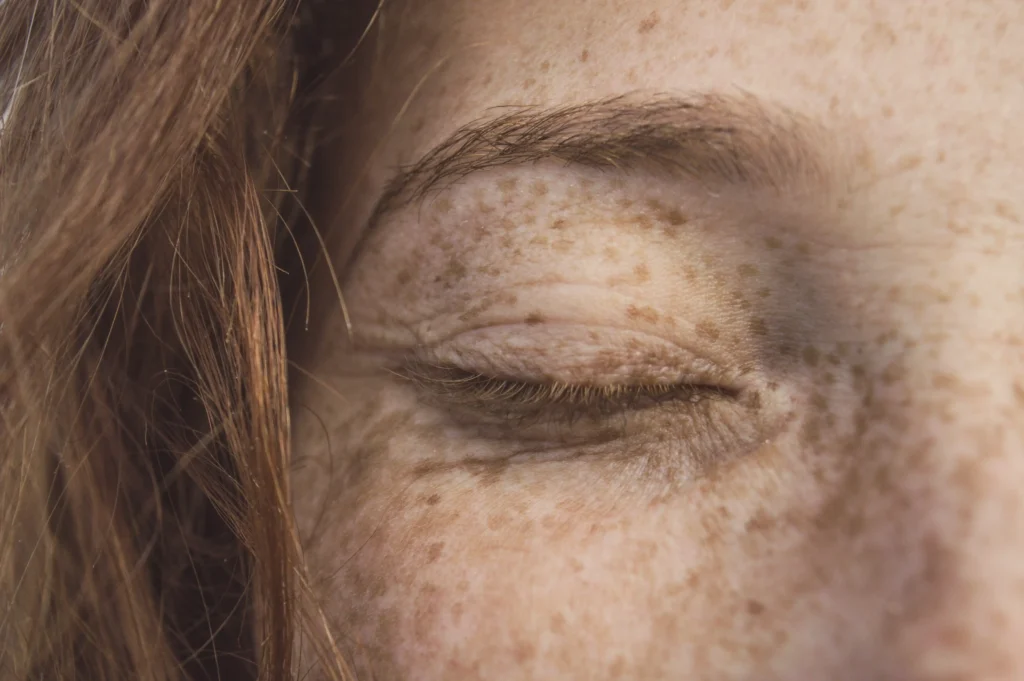
Myth 1: Freckles Are Harmless Birthmarks
Reality: While they are common and usually harmless, it’s crucial to keep an eye on any changes in size, shape, or color. If you notice any unusual changes, consult a dermatologist.
Myth 2: Freckles Are a Sign of Skin Damage
Reality: Freckles are not necessarily a sign of skin damage, although they can indicate increased sun exposure. Sunspots, on the other hand, are a form of sun damage.
Myth 3: it Can Be Removed Permanently
Reality: While there are various treatments available to lighten or remove freckles temporarily, it’s challenging to eliminate them permanently. It’s essential to consult a dermatologist before considering any treatment.
Embracing Your Freckles
Whether you’re a freckle enthusiast or simply curious about these captivating skin marks, it’s crucial to embrace your natural beauty.
- Self-Acceptance: Embrace your freckles as a part of your unique identity. They make you who you are!
- Minimal Makeup: If you prefer a more natural look, consider using minimal makeup to enhance your features without concealing your freckles.
- Skincare Routine: A good skincare routine can help maintain healthy and radiant skin, freckles included.
Conclusion
In summary, freckles are like unique, charming decorations on our skin. To truly appreciate them, it’s important to understand what freckles are, how genetics play a role, and the impact of sunlight. If you want to take good care of your skin, remember that protecting it from the sun is crucial when it comes to freckles. Whether you adore your freckles or have questions about them, don’t hesitate to seek advice from a dermatologist. Freckle are like nature’s special artwork on our skin, and they’re definitely worth celebrating.
Affiliate disclosure
Kindly take notice that this post may includes hyperlinks that qualify as affiliate links. As a result, I may become eligible to receive a modest commission, without any expense to you, in the event of a purchase made through these hyperlinks featured on this website. Cosmeticknowledge.com is a participant in the Amazon Services LLC Associates Program.
https://www.youtube.com/channel/UCwivHo24VuhS0Lj54pzGScA
https://www.facebook.com/profile.php?id=100093483188011
FREQUENTLY ASKED QUESTIONS (FAQS)
Q1: Can freckles fade over time?
Yes, it can fade or become less prominent with age, especially if you take diligent steps to protect your skin from the sun. However, they may never completely disappear.
Q2: Are freckles the same as age spots?
No, freckles and age spots are different. Age spots, also known as liver spots, are usually larger and darker than freckles. They are associated with aging and sun exposure and commonly appear on areas of the skin that receive frequent sun exposure.
Q3: Can freckles be removed permanently?
While it can be treated to reduce their appearance, complete and permanent removal can be challenging. Consult a dermatologist for options such as laser therapy or chemical peels.
Q4: Are freckles more common in certain ethnic groups?
yes. they are more common in individuals with fair skin, red or blonde hair, and a family history of freckles. They are less common in people with darker skin tones.
Q5: Are freckles a sign of skin cancer?
No, by themselves are not a sign of skin cancer.
Q6: How long does it take to see results with freckle preventive products?
Results vary from person to person, but with consistent use of preventive products, you may start noticing improvements in a few weeks to a few months.
Q7: Can I use multiple preventive products together?
Yes, you can! However, it’s essential to introduce new products gradually to avoid irritation. Always patch-test and consult with a dermatologist if you’re unsure.
Q8: Are these products suitable for all skin types?
Most of the products mentioned in this guide are suitable for various skin types. However, if you have specific skin concerns or sensitivities, it’s advisable to consult a dermatologist.
Q9: What causes freckle to suddenly appear?
A1: Freckle can suddenly appear due to a variety of factors, including increased sun exposure, genetics, and hormonal changes. When your skin is exposed to the sun, it triggers the production of melanin, leading to freckles. Additionally, if you have a family history of freckles or inherit certain genetic variations, you may be more prone to their sudden appearance. Hormonal fluctuations, such as those during pregnancy or adolescence, can also contribute to appearing unexpectedly.









